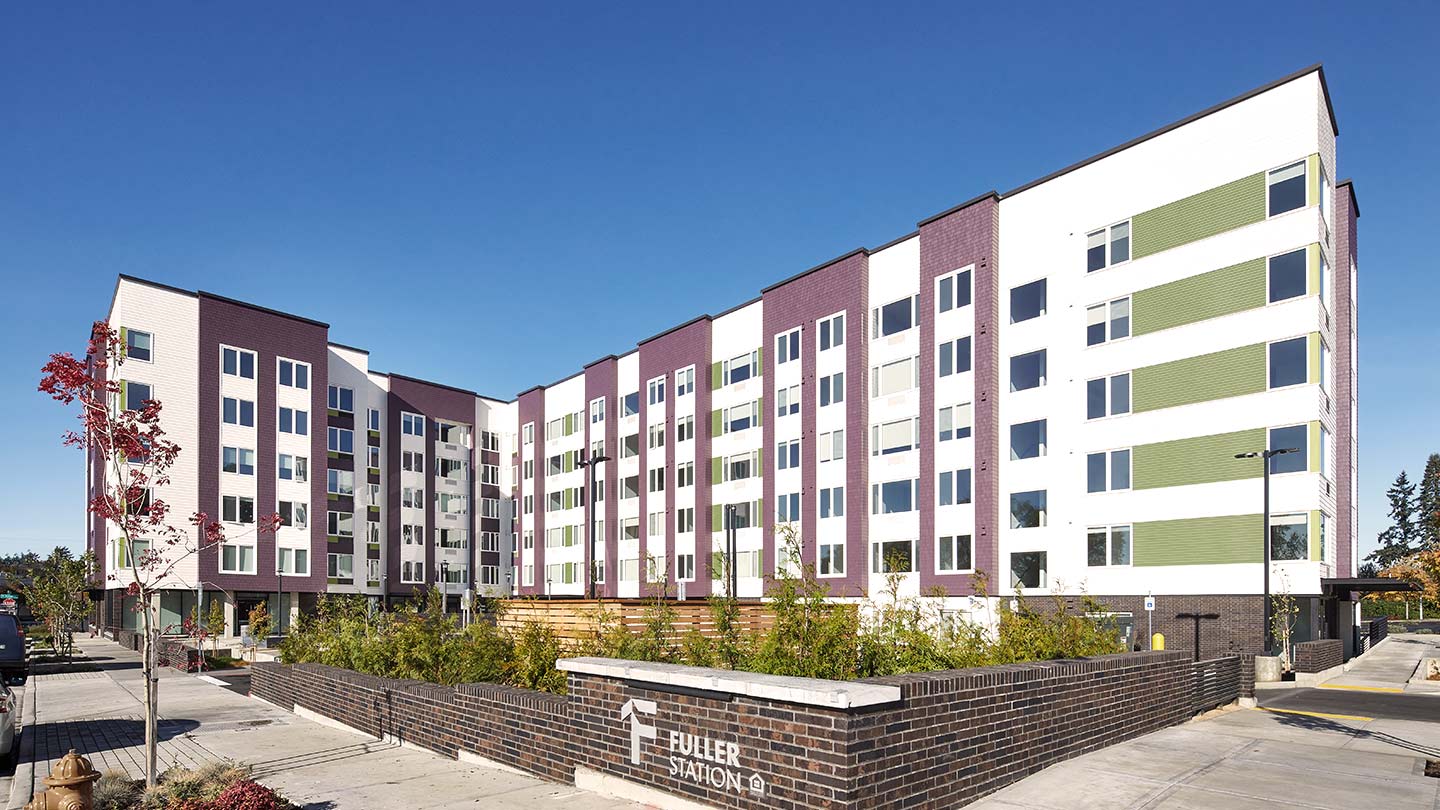
3 min read
The Orange County multifamily market has long benefited from its proximity to Los Angeles. It’s also in close proximity to the new challenges Los Angeles faces following the January 2025 wildfires that affected more than 18,000 structures in Los Angeles County.
“Our thoughts are with everyone who’s been impacted by the devastating wildfires,” said Lynnette Antosh, Senior Regional Sales Manager at Chase. “We’re in close communication with clients who have been affected and are working to provide assistance however we can.”
The full impact of the wildfires is still being assessed, including how displacement may affect communities in Orange County.
Prior to the fires, Moody’s CRE projected Orange County’s vacancy rate—4.3% in the fourth quarter of 2024—would hold steady in 2025, significantly outperforming the 6.0% forecasted national average. Rent growth was expected to rise 1.3%, accelerating to 2.5% to 3.0% in the coming years.
“The economic trends for households, population and employment showed resilience,” said Lu Chen, Director and Senior Economist at Moody’s CRE.
“There’s a quality-of-life factor for people who want to be near LA’s economic powerhouse but want to live in an area that’s less crowded and more open,” said Matthew Krasinski, Senior Regional Sales Manager with Chase.
Workforce housing drives market strength
Orange County’s multifamily market shows strong segmentation: Class B and C properties maintained an exceptionally low 2.8% vacancy rate through the end of 2024, while Class A properties held at 6.1%. Despite a 0.9% year-over-year increase, Class A vacancy remains aligned with national averages, according to Moody’s CRE.
“The tight supply of workforce and affordable housing properties shows why renter demand tends to be very durable,” Krasinski said.
Orange County’s overall vacancy rate rose in 2024, but it also gained 3,000 new apartments, its largest influx since 2018, according to Moody’s CRE.
Ongoing interest rate uncertainty
The Federal Reserve paused rate cuts anticipated for early 2025 after beginning to ease rates in late 2024. The timeline for any additional rate decreases is uncertain, depending on labor market and inflation trends as well as the impact of the new administration’s early actions in Washington.
While Orange County multifamily cap rates have risen with interest rates, the impact on property value has been measured—the market is essentially at equilibrium, Krasinski said, balanced between competing approaches.
“We’re seeing a little softness in values due to higher interest rates, but not a ton,” he said. “A lot of investors are trying to wait out the cycle, but we’re also seeing people become more in tune with the idea that we may be in this environment for the foreseeable future.”
Investors seeking apartment loans may want to consider options that would give them more flexibility to refinance if interest rates decline.
“The tight supply of workforce and affordable housing properties shows why they tend to see very durable demand from renters.”
Matthew Krasinski
Senior Regional Sales Manager
Optimize liquidity management
Operational costs are rising. Strategic liquidity management can help. For instance, when investors choose fast, frictionless payment methods that get revenue to their accounts faster or extend payment terms with vendors, they can improve cash positioning. That cash—even short-term operational reserves—can earn interest.
“A treasury services team that specializes in working with commercial real estate investors can help you review your operations to find efficiencies and use capital effectively,” Krasinski said.
Investors who already have a liquidity management plan, meanwhile, should consider reviewing it to help ensure it continues to meet their needs as their business and market conditions evolve.
Adding ADUs
Finding ways to create more cash flow at a property can be a challenge. One potential opportunity: accessory dwelling units (ADUs).
ADUs turn underutilized space at a property into a new apartment. They’re often built as detached units or converted garages and also known as granny flats, in-law suites and garage apartments. There are regulations to navigate, and it requires an upfront investment. But in areas with low vacancies like Orange County, there’s considerable demand from renters, Antosh said.
Whether you’re ready for financing or looking to streamline your operations, reach out to our Orange County lending, payments and liquidity team.
JPMorgan Chase Bank, N.A. Member FDIC. Visit jpmorgan.com/commercial-banking/legal-disclaimer for disclosures and disclaimers related to this content.







